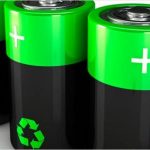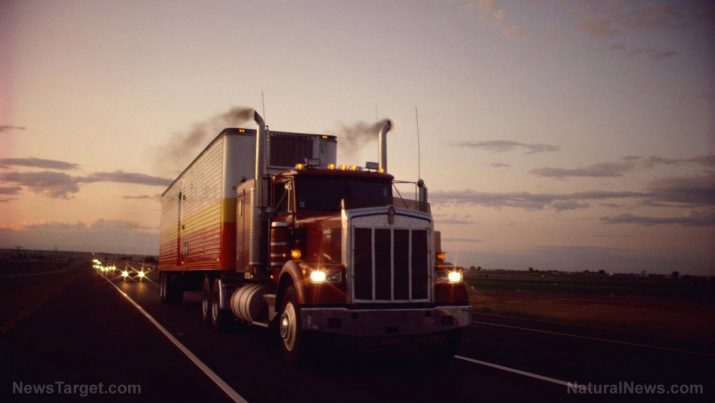
Aerodynamic technology utilizes electric wind to reduce truck fuel consumption by 5%
Sunday, June 11, 2017 by Frances Bloomfield
http://www.futuresciencenews.com/2017-06-11-clever-invisible-vortex-generators-found-to-cut-transport-rig-fuel-consumption-by-5-percent.html

By harnessing the power of electric wind, researchers from the KTH Royal Institute of Technology in Sweden have found a way to increase truck fuel efficiency. The researchers drew influence from vortex generators on airplane wings to come up with a similar structure to reduce drag on trucks. According to KTH researcher Julie Vernet, their electric wind devices could cut down fuel consumption by up to five percent on flat-nosed, cab-over-engine tractor trucks, the standard in Europe and Japan. Though instead of utilizing solid plates like those on aircrafts, these vertices will be invisible plasma actuators.
The KTH research team’s system will have their devices placed on the front of truck cabs. Vernet explained to AlphaGalileo.org that their actuators work by applying voltage between two electrodes. Wind is then produced when air molecules become ionized and accelerate through the electric field. With no moving mechanical parts, their devices can easily adapt to the direction and strength of the wind. “Trucks can’t have sharp things sticking out of the body, so this is a way to achieve the same effect,” noted professor of fluid physics and project supervisor Henrik Alfredsson.
Vernet added: “Our ultimate goal is to reduce the flow separation that occurs on the front corners of the truck. By adding momentum close to the surface, the size of the separated region is reduced.” (Related: Lockheed Martin announces stunning breakthrough in fusion power, the key to limitless energy for the planet)
When air hits a truck, friction prevents the air from pushing all the way around the opposite side of the vehicle and deprives the air of energy. The air then slows down as it moves around the corner. As air flow slows and down and separates, a bubble of air swirls and eddies (a current of air or water moving in a direction different from the main current) is created. As much as 20 percent of a truck’s energy losses comes from wind resistance alone, making the KTH team’s wind vortices all the more beneficial to the vehicles. Their devices lower drag substantially by preventing the air bubbles from forming and instead replacing them with injections of high velocity air. This is a basic principle of aerodynamics, and yet it could help save the trucking industry billions in fuel.
In a report by the American Trucking Association, it was revealed that trucks are responsible for moving 70 percent of the country’s freight by weight. The United States has over 3.41 million Class 8 trucks that travel upwards of 169 billion miles a year; and in 2015, those trucks consumed a over 54.3 billion gallons of fuel just for business purposes; specifically, 38.8 billion gallons of diesel fuel and 15.5 billion gallons of gasoline. To purchase that fuel for that year, the trucking industry had to spend $105.2 billion. Moreover, diesel fuel accounts for nearly 20 percent of operating costs and is the second highest expense for motor carriers after labor.
Currently, there is no official word yet on when these devices will enter mass production. The promise they hold is exciting, nonetheless. With reduced fuel consumption, there will be a lower demand for fuel, and the impact on the environment will be greatly diminished.
Visit Scientific.news for other stories on technological and scientific breakthroughs.
Sources include:
Tagged Under: Tags: aerodynamics, logistics, technology, transportation





